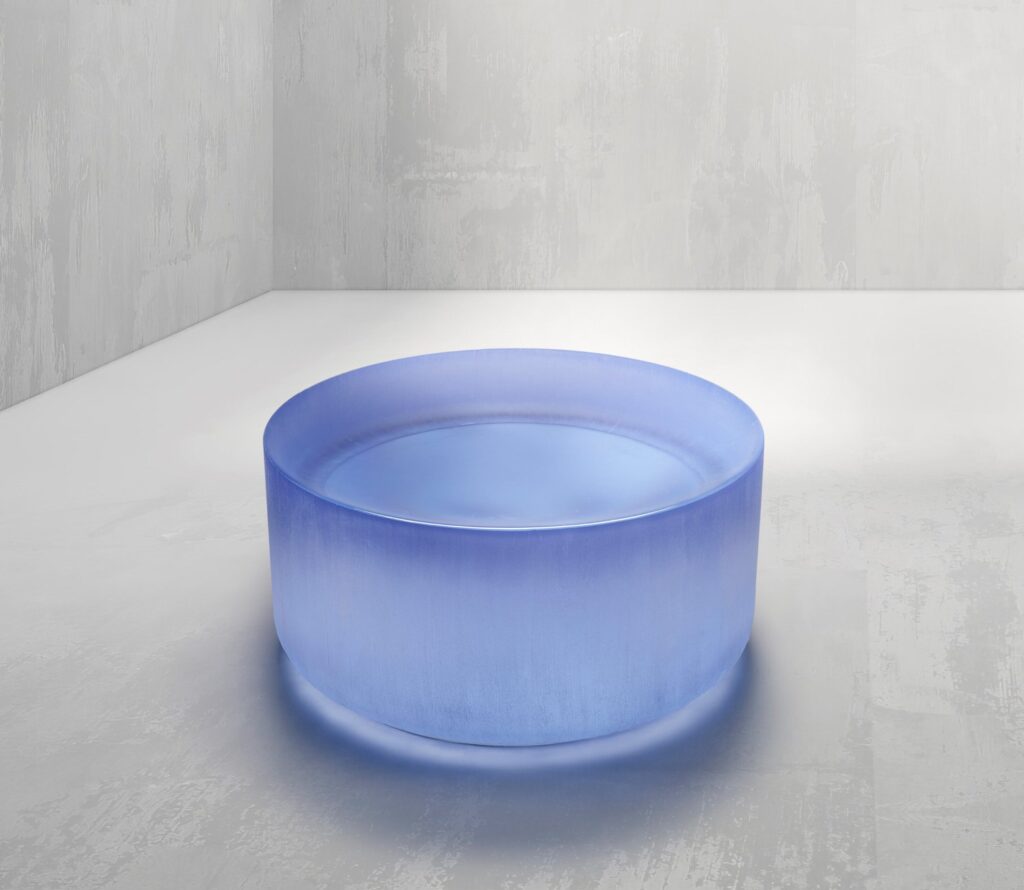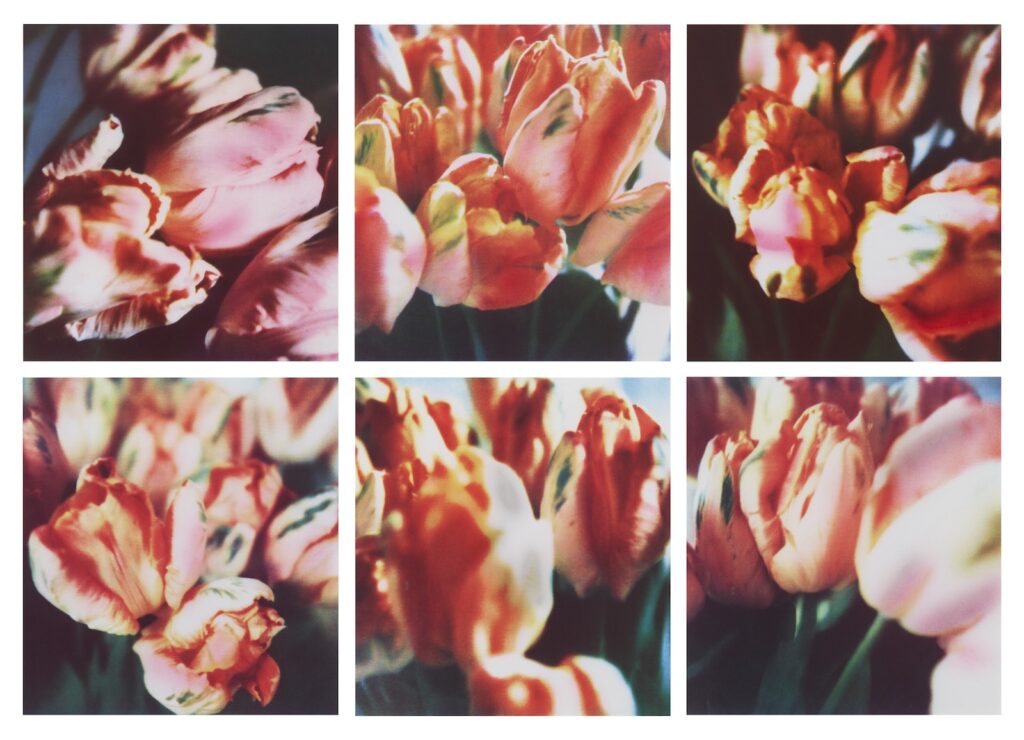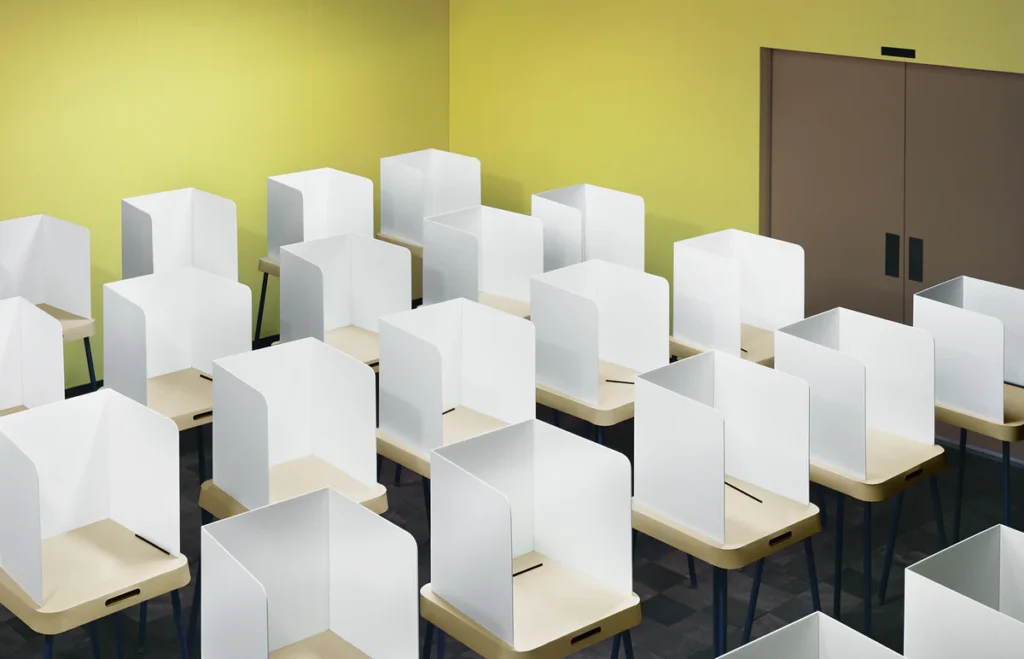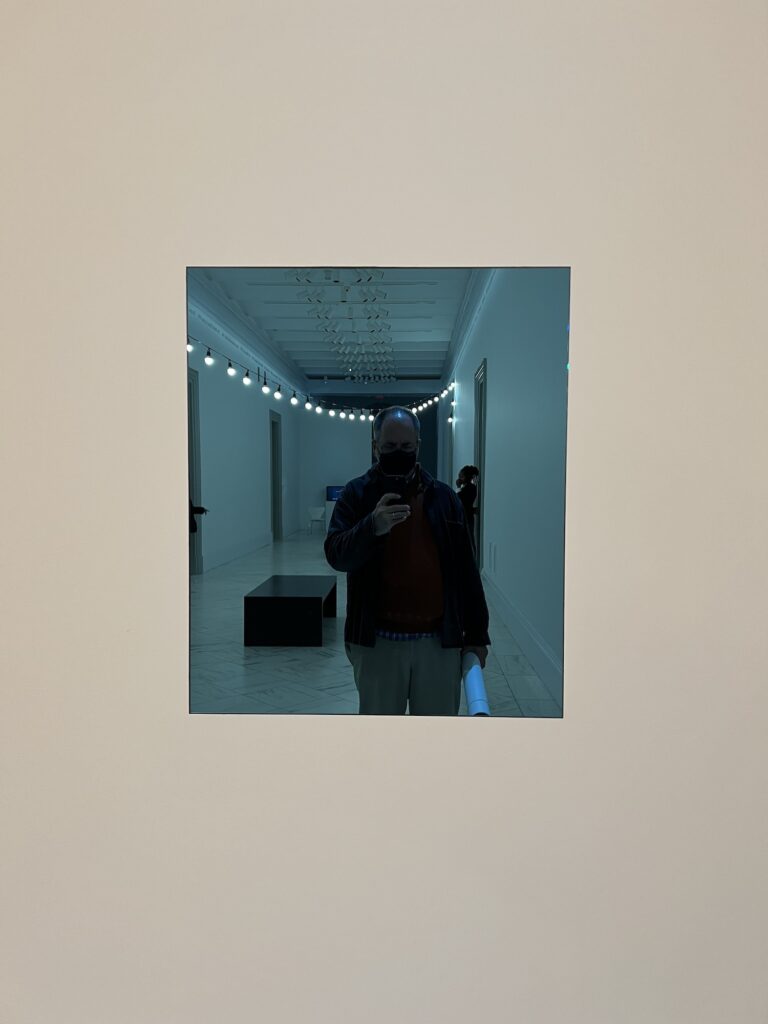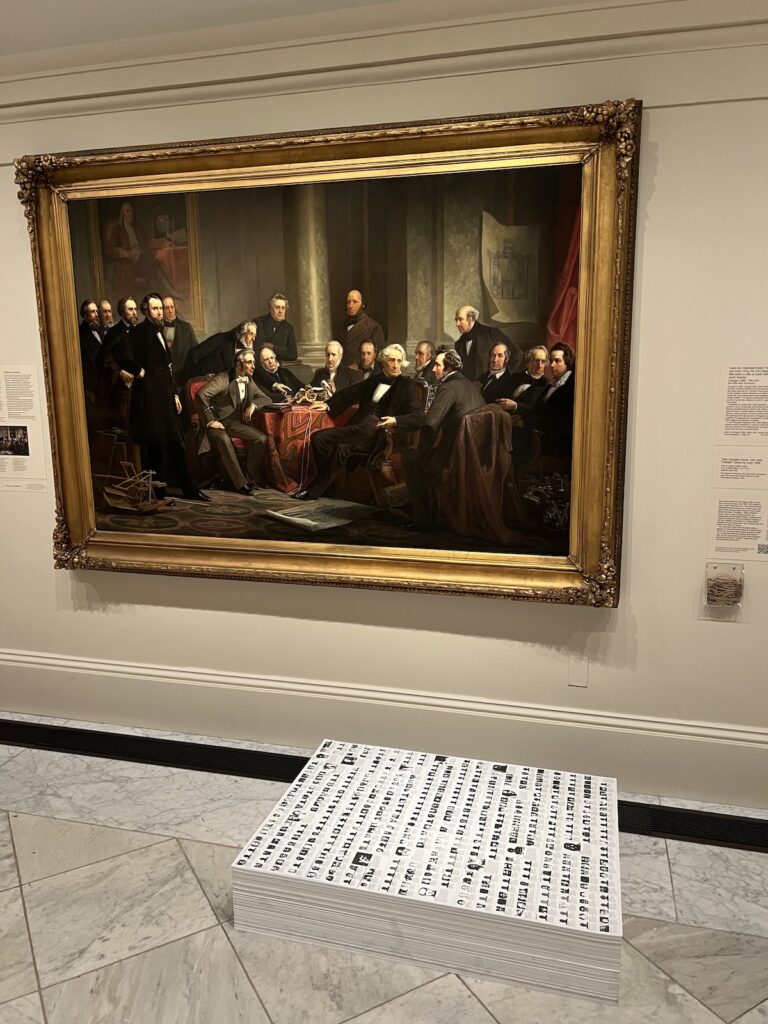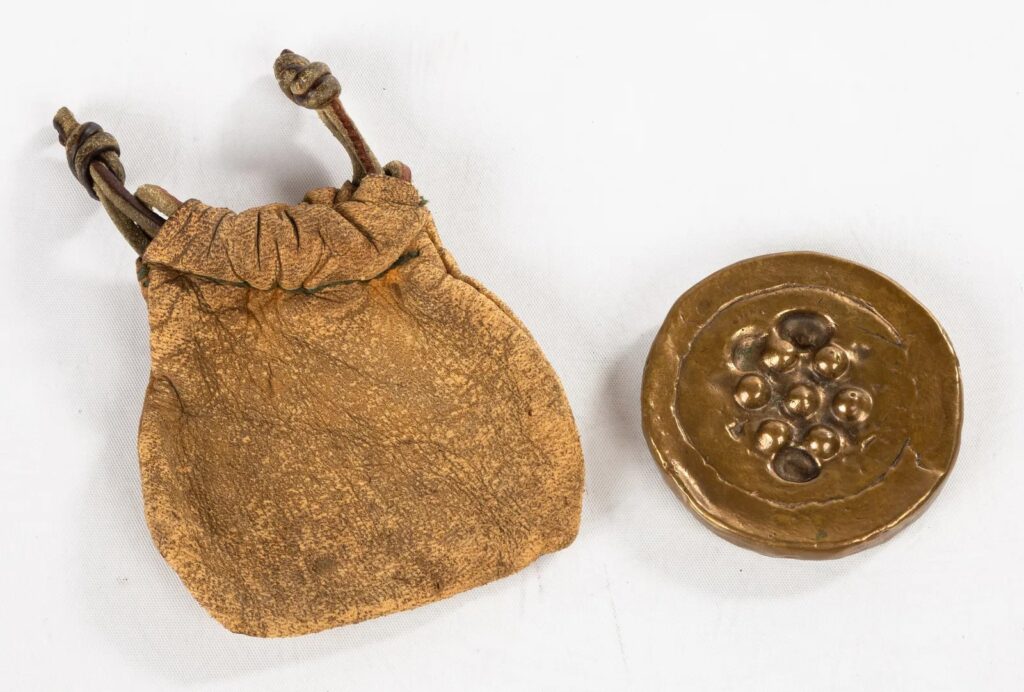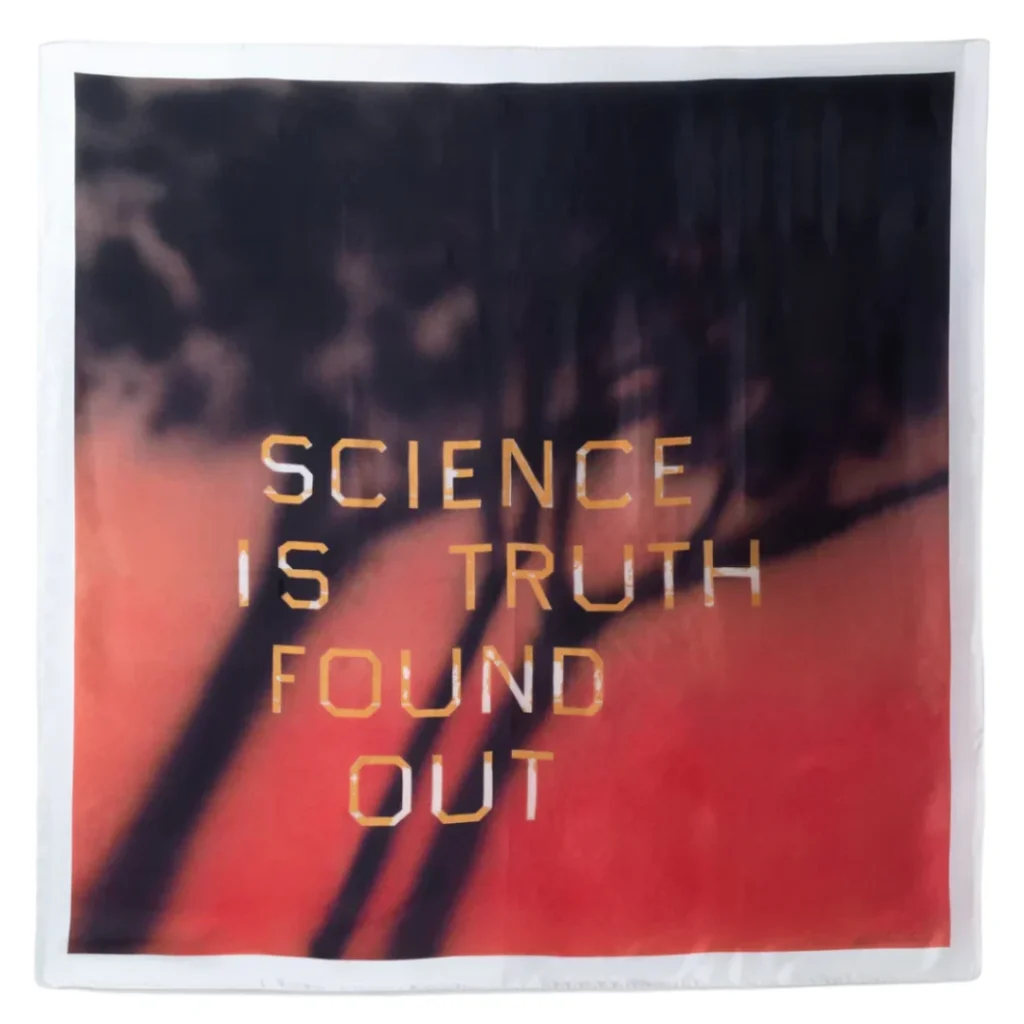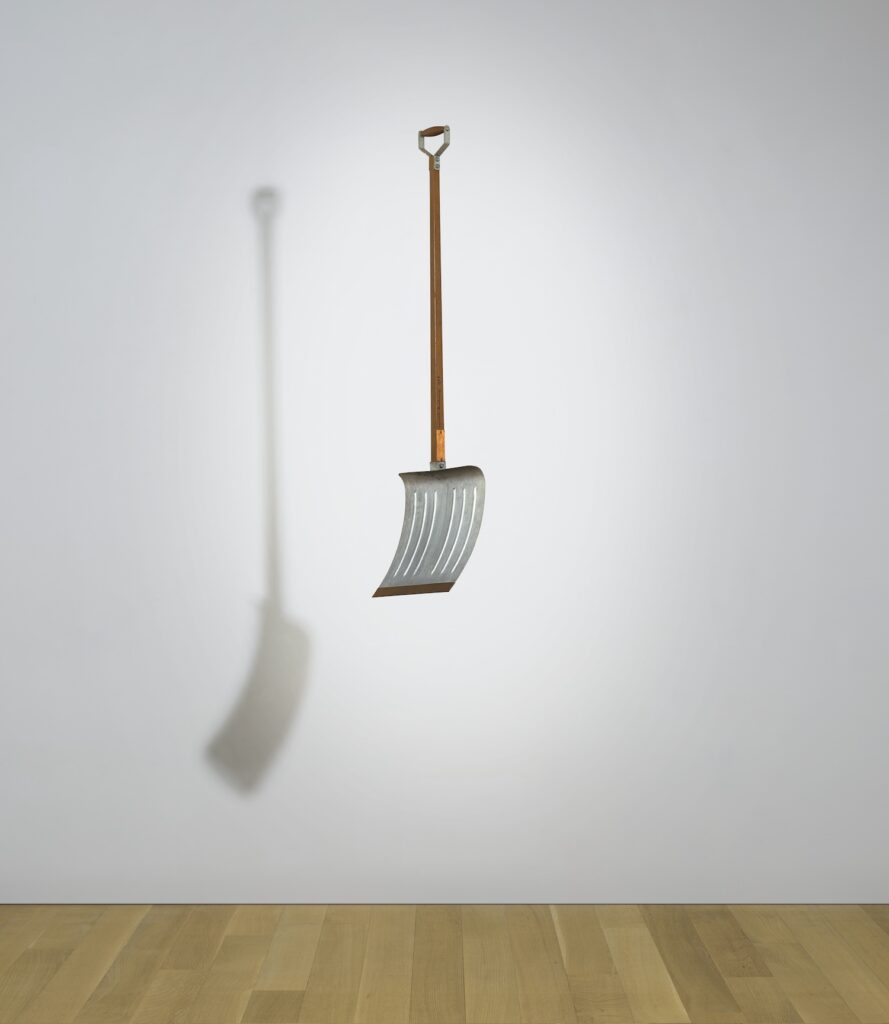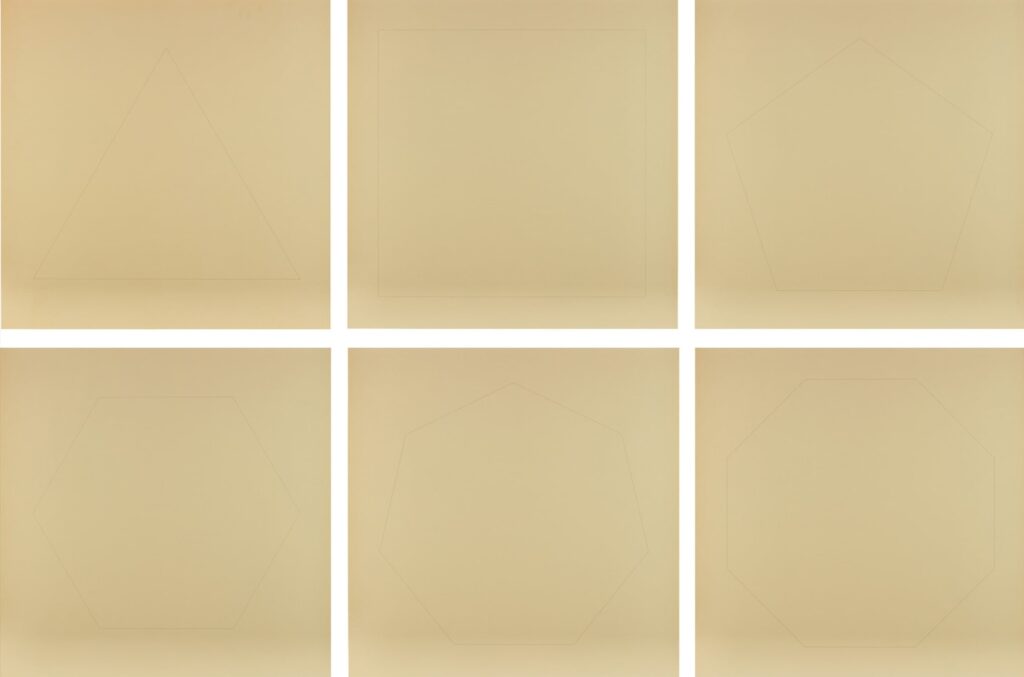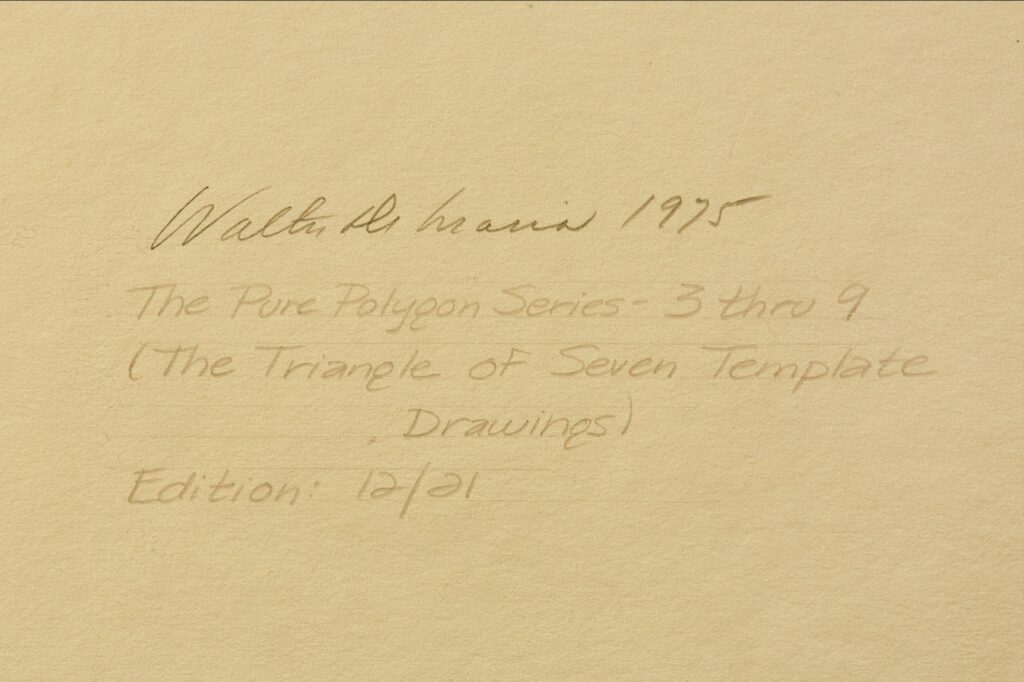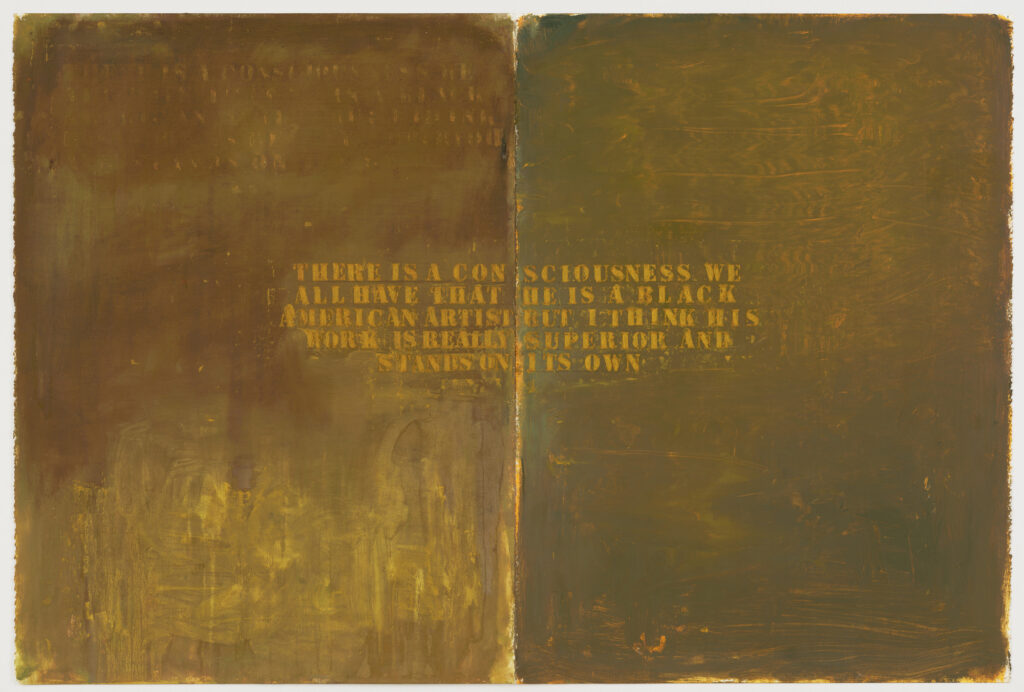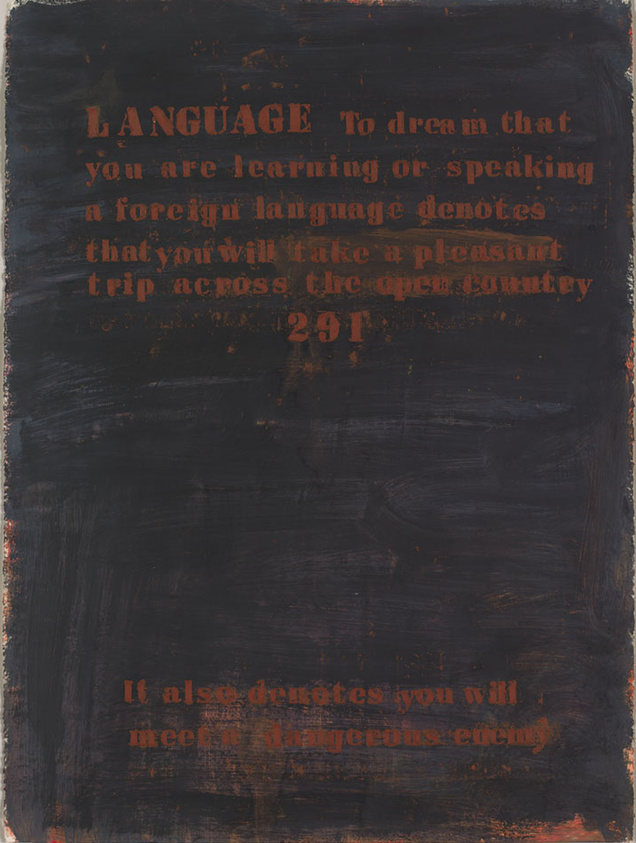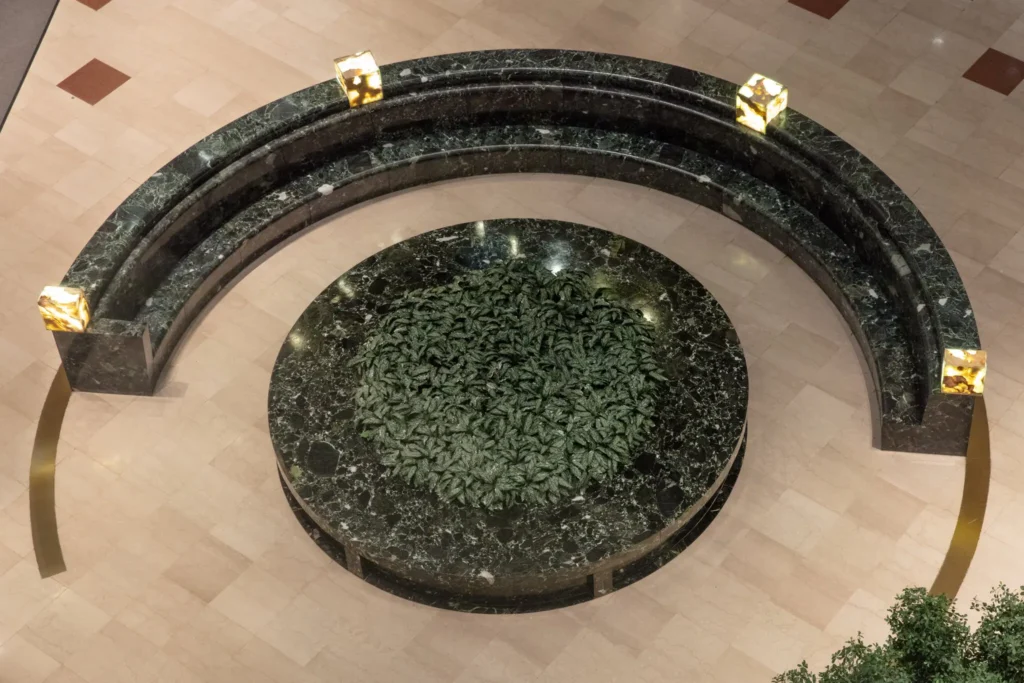
Julia Halperin’s NY Times article on the precarious state of artist Scott Burton’s legacy is fascinating and somewhat exasperating. As he was dying of AIDS in 1989, the sculptor hastily made a will that left his entire estate, archive, works, and copyright, to the Museum of Modern Art. Burton’s dealer, Max Protetch and his friend and supporter Kirk Varnedoe, MoMA’s chief curator of painting & sculpture, figured it’d be the best way to preserve and promote his work. It sounds like it was a mess even when Protetch was still dealing and Varnedoe was still alive, but it has only gotten worse.
MoMA is not set up to maintain the market for Burton and his collectors, nor to rally for the preservation of his many public sculpture installations—which the museum does not own—and I don’t think they should be, frankly. [That said, even as a fan with some history, I had no idea how threatened or destroyed some of Burton’s NYC installations were.]
But it seems like the museum does have at least a financial interest, and perhaps a fiduciarily related art historical one, in supporting Burton’s reputation. [Whatever its asset holdings, MoMA appears to have only six Burton works officially accessioned into the collection. Maybe most of the remaining assets of Burton’s estate are the declared but unrealized editions of his sculptures. And maybe that’s what Kasmin Gallery’s doing in this story: angling for more posthumous edition business.]
Meanwhile, I’ve been fascinated to read art historian David Getsy’s history of Burton’s performance art practice of the 1960s and ’70s, which was in part a conceptualization of his experience in public as a queer man. That work—and that experience, Getsy argues—were influential on, even crucial for, Burton’s development of the subtle public sculpture practice he is best known for. It was that incipient queerness, in fact, which led Burton to suppress his performance work in a hostile political climate of the 1980s, so it wouldn’t thwart his public and corporate commissions.
It sounds like a little more public attention to Burton’s work and MoMA’s involvement with it will help them do what’s right.
A dying artist left his legacy to MoMA. Today he’s almost forgotten [sic] [nyt]
Previously, related: David Getsy talking about Scott Burton’s performance art
2023: Scott Burton Marble Armchair

